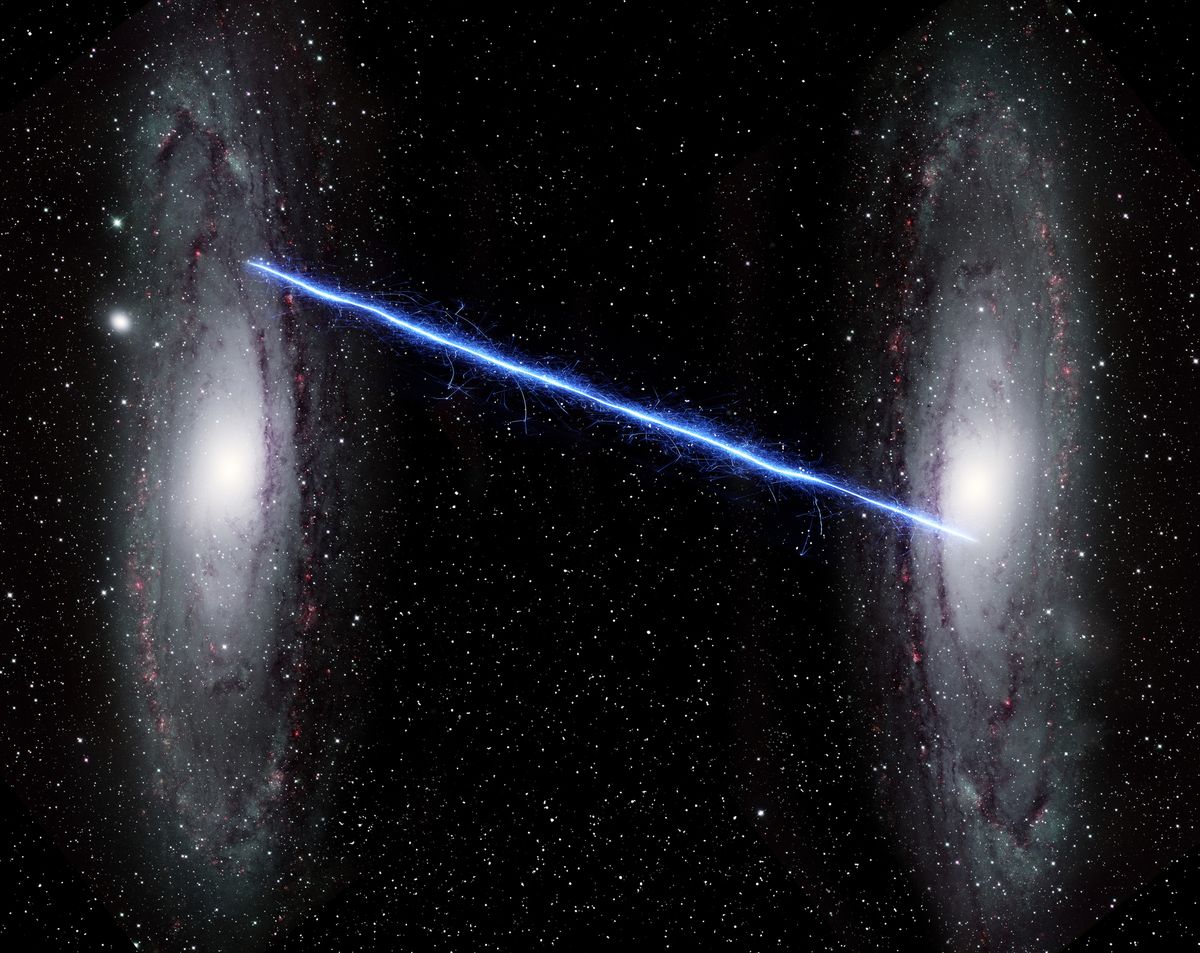Scientists believe that we may receive a message from extraterrestrial life as early as 2029. This is because some of the stronger radio signals we send out reach distant stars, and if any of these stars host aliens, our signals may respond.

But the chances of this happening are very low. Our signals are weak and sparse, and the possibility of other civilizations existing in our galaxy still seems pretty slim. But while the odds are slim, some scientists believe it can still be researched.
To look for evidence of alien civilizations, a team of astronomers followed deep-space radio signals to see if any of them received our messages.
We send almost all kinds of signals into space every day, especially since we started transmitting information via radio waves more than 100 years ago.
To increase the chances of alien contact, the team behind the study wanted to see if signals from NASA’s Deep Space Network (DSN) had ever reached any exoplanets that could host aliens. DSN is a powerful radio array used to communicate on deep space missions.
The team is tracking the signals sent by the DSN. The nearest star is a white dwarf star 27 light years away. If there are planets around that star that respond to our message, a quick response will be possible. Other messages may come back to us in the 2030s from various possible star systems.
Searching for extraterrestrial life is a difficult task, so the field needs to be narrowed. Even if we find the correct tarat, we may miss small transmissions if our receiver is not pointing in the right direction at the right time.
